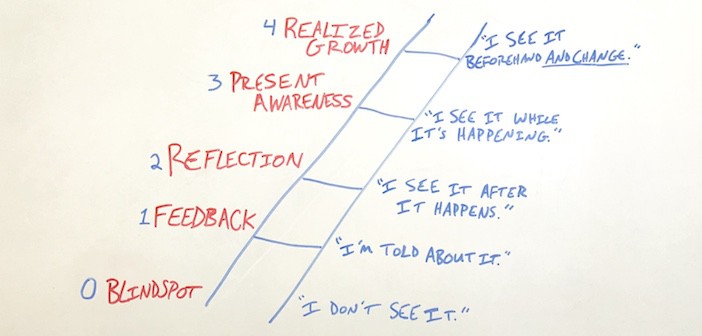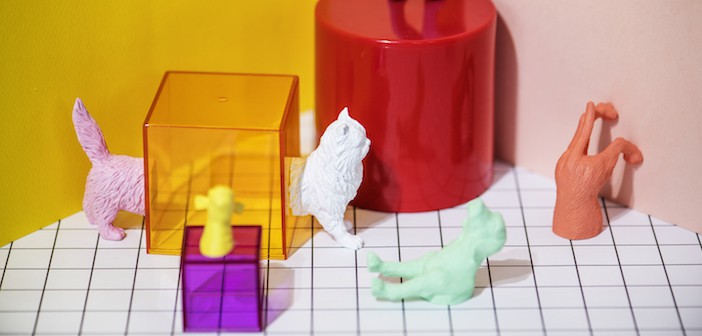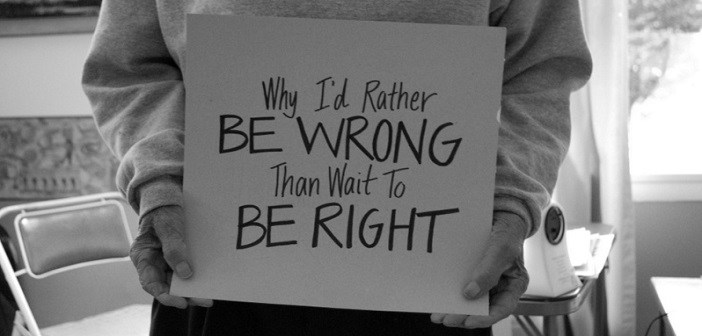Last week, I shared the process to team community and we took a look at the transition between the first two stages of that process. Now, let’s look at the next transition, from celebration to collaboration.
In celebration, team members have a felt desire for everyone to succeed in their individual task areas, recognizing the value of each person’s contribution to team goals. In collaboration, team members not only celebrate each others’ successes but begin working together in each others’ traditionally independent task areas. The idea that traditionally independent members could begin regularly working together is certainly an attractive concept. But how does a team get to that place? 2 things must increase:…
1. The value team members have for each others’ skill sets.
2. The opportunities team members have to share each other’s skill sets.
…
Increasing the value team members have for each others’ skill sets.
…
Where in celebration, team members value each other’s successes, collaboration requires team members to value each other’s skills. To begin this transition, work to highlight the unique skills each team member has. Where you would traditionally praise only a member’s success, begin praising the skills that contributed to that success. For example, instead of just saying, “Michael’s fundraising event was incredibly successful!”, start saying, “Michael’s fundraising event was incredibly successful because of his ability to develop an attractive marketing campaign!”
…
In highlighting team members’ skills, be sure to show how the team is made up of many different, yet equally necessary components. Communicate the idea that the team is made stronger because of each person’s skill set and convey the value of utilizing everyone’s skills sets together. So in continuing the example, you might say, “With Michael’s ability to develop marketing campaigns, Jonathan’s ability to create intriguing presentations, and Amy’s ability to administrate details, I think we could create some really incredible events together in the future!” While you may be describing a vague project at the time, you are casting a micro-vision of what the team could do if it truly worked together.
…
Increasing the opportunities team members have to share each other’s skill sets.
…
After (and only after) team members have a true value for each others’ skill sets, begin creating opportunities for them to share those skill sets.
…
Create shared workspaces. When team members work in a shared space, their skills and ideas are more likely to combine and collide. Individual offices are great for privacy, but privacy is an enemy of collaboration. While a total office redesign is probably not an option, simple acts such as inviting several team members to join you at a coffee shop for an out-of-office work session can create an opportunity for skills and ideas to be shared.
…
Suggests that team members with complimentary skill sets or complimentary projects to work together. Sell them on the idea that they can both benefit from the partnership.
…
Host project sharing sessions. Invite team members to present their current projects to the team. Then lead the team in a discussion about how each individual project could be further developed and improved. This gives members the opportunity to share ideas and contribute their skill sets to each others’ work. At the end of each session, encourage team members to continue collaborating in each others’ task areas and schedule follow-up sessions. While this method requires more openness and transparency among team members, it can be successful if each team member already values the skill sets of the others and is confident in the value of his own skill set to the team.
…
(For more thoughts on creating collaboration opportunities, check out The water cooler doesn’t cut it anymore.)
…
These are just a few simple methods for catalzying the transition from celebration to collaboration. I must admit that they can seen overly intentional and unnatural to begin. But with effort and time, the overly intentional can become cultural and the unnatural can become commonplace.
…
What are some other methods to encourage the transition from celebration to collaboration?



